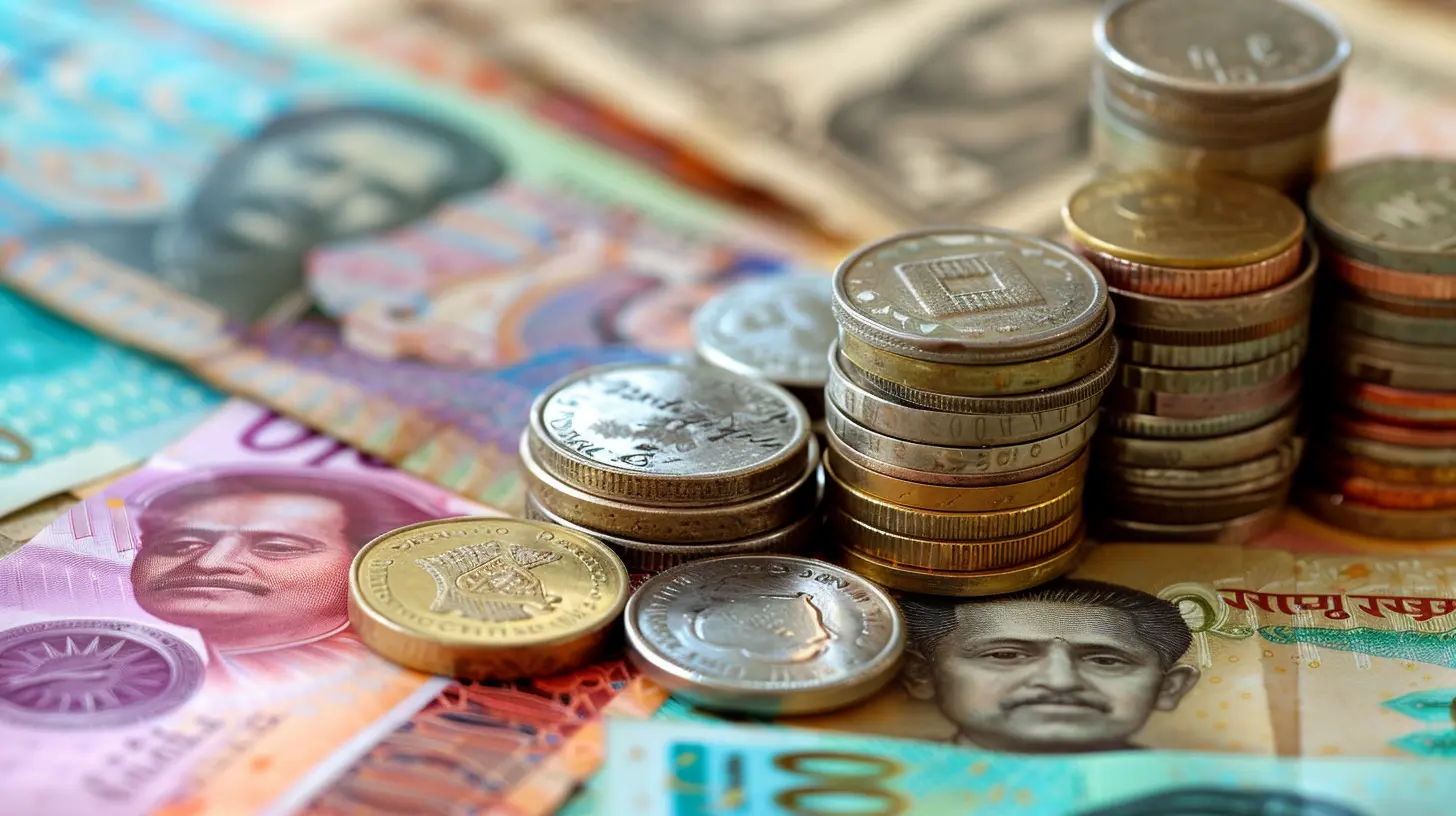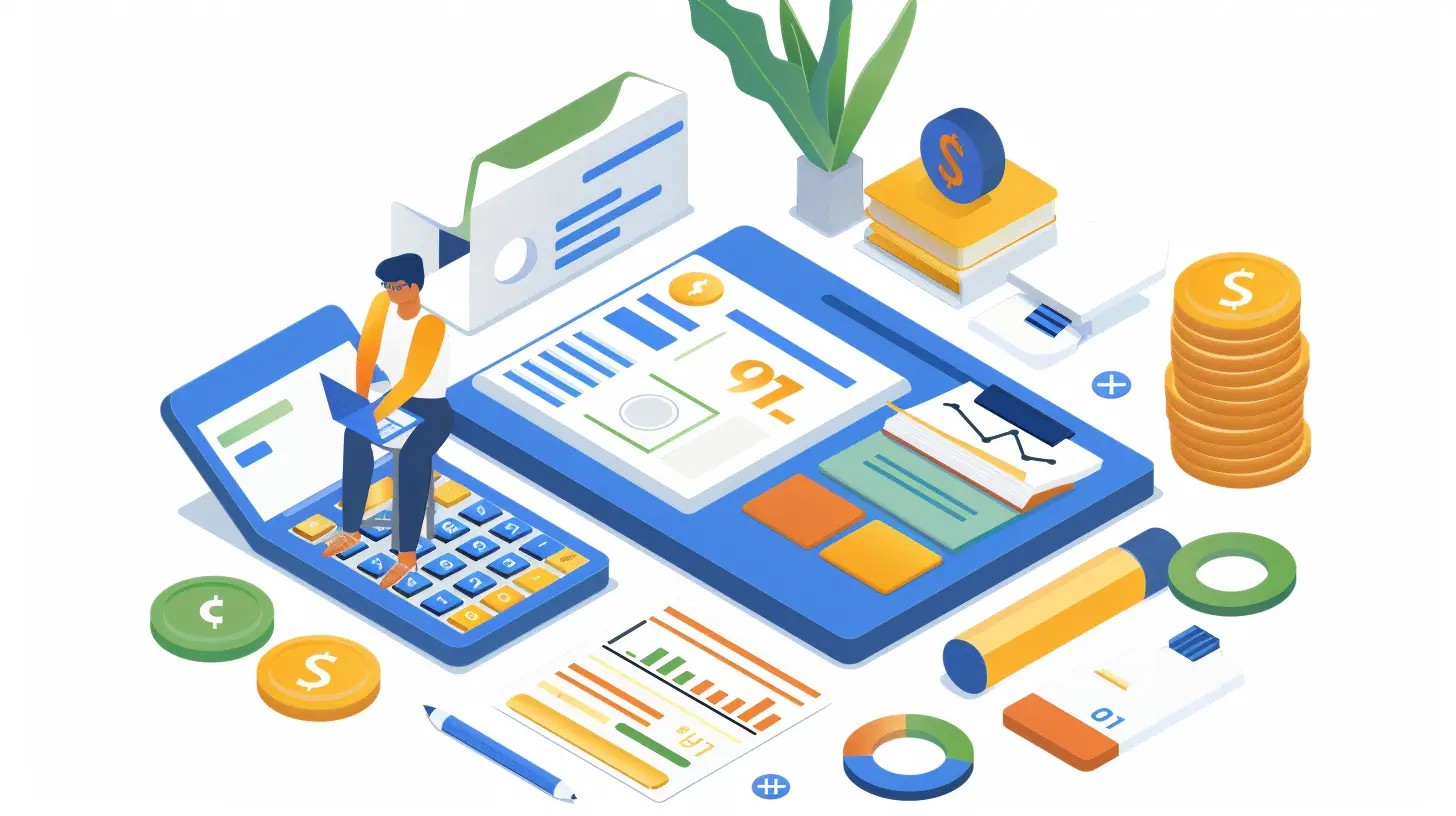Debt Management Strategies for Long-Term Financial Health
2 July 2025
Let’s face it—debt can feel like quicksand. One minute you're managing your money just fine, and the next, it feels like you're sinking deeper with every payment missed or ballooning interest rate. But here’s the good news: with the right strategies, you can reclaim control and build long-term financial health. No more sleepless nights or dodging phone calls from creditors—we’re talking real solutions here.
In this article, we’re diving deep into smart, practical debt management strategies that will not only help you tackle your current debt but also strengthen your financial future. Whether you’re managing student loans, credit card debt, or dealing with multiple loans, this guide’s for you.
Why Debt Management Matters
Before we jump into the strategies, let’s talk about why managing debt is so critical. It’s not just about paying off balances—it’s about gaining freedom. When debt is under control, you have more room to save, invest, and live the life you actually want.Think of debt like a backpack full of rocks. Every loan, every inflated credit card balance—that’s another rock weighing you down. The goal here is to lighten your load so you can move forward, faster and freer.
Step 1: Assess Your Debt Situation Honestly
First things first: you need to know where you stand. This means gathering up every single debt you owe. Yeah, it’s not fun. But think of this as your debt detox—you need to know the “toxins” before you can flush them out.Make a list of:
- The name of each creditor
- Total amount owed
- Minimum monthly payment
- Interest rate
- Payment due dates
Once you’ve got everything in front of you, categorize your debts by type (credit cards, personal loans, student loans, etc.). This will help you make smarter decisions about which debts to tackle first.
Step 2: Prioritize High-Interest Debt
If you're only making minimum payments across the board, you’re basically feeding the interest monster. That’s why it makes sense to prioritize high-interest debt—especially credit cards.You’ve probably heard of the Avalanche Method. Here’s how it works:
1. Make minimum payments on all debts.
2. Put any extra money toward the debt with the highest interest rate.
3. Once that one’s gone, move on to the next highest.
Why is this effective? Because high-interest debt balloons fast. Kill it first, and you stop the bleeding.
Step 3: Or... Try the Snowball Method
Want more quick wins to stay motivated? Go for the Snowball Method:1. Make minimum payments on everything.
2. Pay extra on the smallest debt first.
3. Celebrate when you knock it out.
4. Roll that payment into the next smallest bill.
This method is like those early wins in a video game—it gives you momentum to keep going. It may cost a bit more in interest over time, but it can seriously boost morale.
Step 4: Build a Bare-Bones Budget
Budgeting is the backbone of debt management. And we’re not talking about the kind where you budget for lattes and Netflix. When you're serious about crushing debt, you need a bare-bones budget.That means:
- Rent or mortgage? ✅
- Utilities and groceries? ✅
- Happy hour three times a week? ❌
Cut back ruthlessly—for now. The idea is to free up as much cash as possible to throw at your debt. Remember, it’s temporary. The more aggressively you tackle debt now, the sooner you can go back to living comfortably.
Step 5: Negotiate with Creditors
Here’s something a lot of people don’t realize: creditors might be more flexible than you think. They’d rather get something than nothing. If you're struggling, pick up the phone and ask for:- Lower interest rates
- Waived late fees
- A temporary payment plan
It might feel scary, but being upfront shows responsibility. Many companies are willing to work with you, especially if you're proactive.
Step 6: Consider Debt Consolidation
Juggling multiple debts can be chaotic—like spinning plates. Debt consolidation can help bring everything into one manageable payment, often with a lower interest rate.Options include:
- Personal loans
- Balance transfer credit cards
- Debt management plans from nonprofit credit counseling agencies
Not all consolidations are created equal, though. Watch out for hidden fees or sky-high interest rates after the promo period ends. Do your homework before signing anything.
Step 7: Avoid Accumulating New Debt
Hold up—none of these strategies matter if you're still swiping like there’s no tomorrow. The key to debt recovery? Stop adding fuel to the fire.Freeze your credit cards (literally put them in ice), delete stored payment info from shopping websites, and practice mindful spending.
Every dollar not spent is another one that can help pay down what you owe. It’s all about breaking the cycle.
Step 8: Create an Emergency Fund
You might be thinking, “An emergency fund? I’m drowning in debt—how can I save?”Here’s the thing: unexpected expenses will pop up. If you don’t have a cushion, guess where you’ll turn? Yep—more debt.
Start small. Even $500 in a separate savings account can prevent you from putting emergencies on a credit card. Your emergency fund is like your financial airbag—just in case.
Step 9: Consider Professional Help
Sometimes, you need backup. And there’s absolutely no shame in that.Look into:
- Credit counseling
- Debt settlement services
- Bankruptcy counseling (only if it’s truly the last resort)
A reputable credit counselor can help you come up with a personalized plan. Just make sure to work with certified and nonprofit agencies. Scams are everywhere, so be cautious.
Step 10: Focus on Long-Term Financial Habits
We’ve talked a lot about getting out of debt. But how do you stay out?It all comes down to your habits.
- Keep budgeting, even after your debt is gone.
- Save consistently, even if it’s just a few bucks a week.
- Build your credit score by paying bills on time.
- Don't take on new debt just because you're "debt-free."
Your finances are like a garden—neglect them, and the weeds (aka debt) will come right back. Nurture good habits, and watch your wealth grow.
Bonus Tips: Debt Slayers' Toolkit 🧰
Here are a few extra weapons to keep in your arsenal:- Use windfalls wisely: Tax refund? Birthday money? Bonus? Throw it at your debt!
- Track your progress: Use apps or spreadsheets to stay motivated.
- Side hustle: Even a few hundred extra dollars a month can make a massive difference.
- Accountability buddy: Share your goals with a trusted friend or partner.
The Bottom Line
Debt doesn’t have to be a life sentence. With the right mindset and strategies, you can pay it down and stay financially healthy for the long haul. Whether it's setting up a no-frills budget, choosing between the snowball or avalanche strategy, or calling up your lender for a better deal—you have tools at your fingertips.But here’s the truth: no strategy works if you don’t take that first step. So, what’s stopping you? Pull out those statements, make that plan, and start your journey to debt freedom today.
Your future self is already thanking you.
all images in this post were generated using AI tools
Category:
Financial EducationAuthor:

Zavier Larsen
Discussion
rate this article
2 comments
Kennedy Love
Effective debt management is crucial for long-term financial health. Implementing strategies like budgeting, prioritizing high-interest debt, and regular monitoring can empower individuals to regain control and build a stronger financial future.
November 15, 2025 at 3:40 AM

Zavier Larsen
Thank you for your insightful comment! You're absolutely right—effective debt management and strategic planning are key to achieving long-term financial stability.
Jack Carrillo
Effective debt management is crucial for financial health. Prioritize paying off high-interest debts first, create a budget, and stay disciplined to achieve long-term stability and peace of mind.
July 18, 2025 at 3:30 AM

Zavier Larsen
Absolutely! Prioritizing high-interest debts and maintaining a budget are key strategies for achieving long-term financial stability. Your discipline in managing debt will lead to greater peace of mind.


